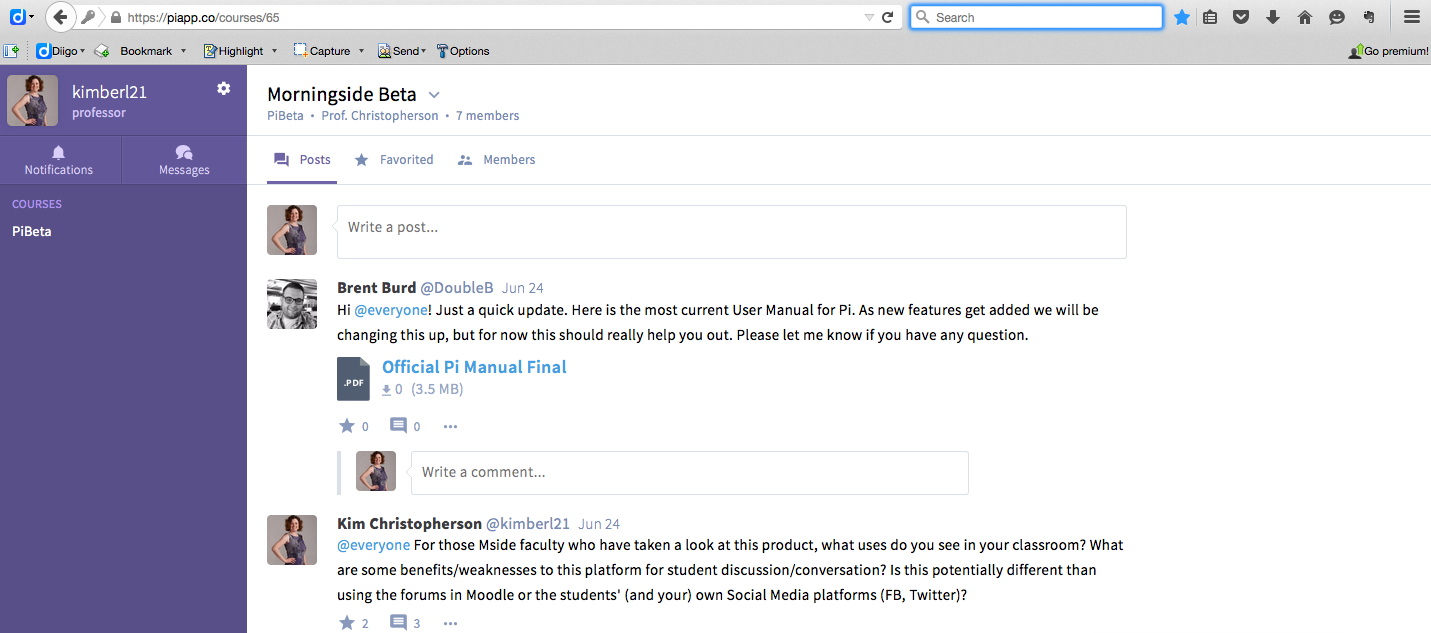With computers and other electronic devices (phones, tablets, etc.) becoming more ubiquitous on college campuses, the presence of e-books has become more and more visible. E-books have been touted as a potential cost saving measure for students and publishers. Without the need to create physical books, the savings on materials should be passed along to the user, and the information is the same so the experience should be similar, right? This belief is not entirely true and there are benefits and drawbacks to using e-books.
Benefits:
- Fewer heavy books to carry around daily
- Easy searching using the e-book’s search function
- Ability to highlight and write notes
- Costs may be lower
- Ability to include multimedia within the book
Drawbacks:
- Comfort level using electronic books or simply a preference for physical books
- E-book may be on a limited license use (i.e. 6 month access)
- Loss of access because of limited Internet access or computer problems
- Reading on a screen is different and potentially more difficult than reading from page
Some instructors have conducted casual polls in their courses and have found that students still tend to prefer a physical text book to an e-book and other published work has supported these classroom polls (e.g. Woody, Daniel, & Baker, 2009).
With the results of these polls and the drawbacks listed above, is there any benefit to having your students use an e-book in class? The answer to this, I believe lies in how e-books have evolved over the years.
What exactly is an e-book? What do you envision when you hear this term? Do you think of the novel that you are currently reading on your Kindle? Is it the PDF version of the textbook that the publisher makes available? If so, this is – in my opinion – the worst form that an e-book can take and in my mind has little benefit other than making ones backpack a little lighter. This is the first iteration of the e-book. Publishers have simply taken the text already created by the authors and put it into some reader form (Kindle, PDF, etc). It is nothing more than static text you read on the screen rather than the page.
However, if you can imagine a “book” that is more interactive and dynamic. A “book” that takes advantage of the medium by which it is delivered, then I believe there is potential greatness in e-books. But before I go into this detail, I first want to acknowledge that I have a bit of a biased view because I did assist in the creation of one of these books recently. Though there may be a little conflict of interest here (though I do not get any royalties from this book), I hope that you know that my interest in this area was present before I took on that project.
With tablets becoming more popular and mobile learning becoming more prevalent, the future of the e-book, I think, is bright – as long as they are created with the principles of how people learn best. Today’s e-books are less like “books” and more like interactive learning modules. The example I will discuss in this post is the platform being used by a well-known publisher in the textbook world.
First, the authoring system can be different for these books. Authors that start with the creation of the interactive elements (the things you want the students to do) and then go on to create the text to support that student’s ability to learn how to do this task is a newer approach to authoring. However, this is not a new approach to lesson and curriculum planning. This form of backward engineering focuses more on what we want the learner to accomplish or do, rather than on what the instructor or author tells (a focus on student learning, not on the teacher).
Second, these books take advantage of the multimedia capabilities of electronic devices. Information can be segmented into smaller pieces (rather than large blocks of text) and supported by things like video, online articles, quizzes, simulations, journal entry, discussion boards, demonstrations, and others). This supports the notion of repetition and multiple ways of processing information.
Third, these books have the potential of increasing student accountability. If the book is Internet based, then there is the ability to record student activity while progressing through the book. This could even be evaluated and graded. Particular activities could be assigned to be completed by a certain time and date. Of course there is the question of WHO is doing the work or students working together, but there can be ways of addressing these concerns.
Finally, there is a possibility of students having more positive experiences with these types of books. Breaking up material, including interesting and applied multimedia, including low-stakes concept checks can help to increase student motivation and attitude potentially. I am particularly interested to see if this is actually true. My sense is that the generally negative attitude toward e-books that research has shown in the past is due to the rather primitive nature of those books. Designing a better e-book that uses the science of learning, I would hope, would increase positive attitudes.
If you are interested in what these new-generation e-books might look like, you can check out the Revel products from Pearson (http://www.pearsonhighered.com/revel/). I am sure the other publishers have other products similar to this. This was the publisher I worked with. I was the content matter expert who created all of the interactive features of one of their Revel versions of a General Psychology book.
In Spring 2016 I plan on using one of these books in my General Psychology class and I will be sure to report my experiences using this book as well as asking my students about their experiences with a product like this.
